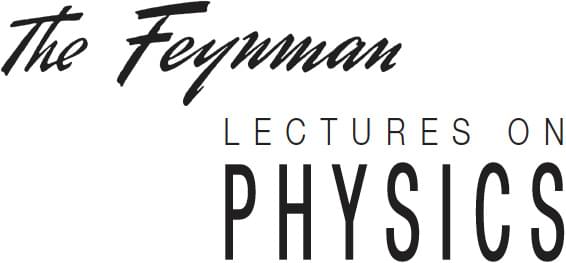ZipCharge announces trial of its portable EV charging solution that can double as energy storage for the grid.
The production issues could impact SSD pricing.


The production issues could impact SSD pricing.
Western Digital says it has lost at least 6.5 exabytes (6.5 billion gigabytes) of flash storage due to contamination issues at its NAND production facilities. The contamination could see the price of NAND — the main component of SSDs — spike up to 10 percent, according to market research firm TrendForce. Any potential NAND shortages or price fluctuations could affect the PC market over the next few months, which had another big year in 2021 despite global chip shortages and demand for GPUs.
The contamination of materials used in the manufacturing processes appears to have been detected in late January at two plants in Japan, with Western Digital’s joint venture partner, Kioxia (previously Toshiba), revealing it has affected BiCS 3D NAND flash memory.
Western Digital and Kioxia’s partnership amounts to around 30 percent of the NAND flash market, according to TrendForce. Both Western Digital and Kioxia primarily supply SSD and eMMC storage drives for PCs, and Western Digital is one of the leading suppliers in the industry.


US poultry producers are tightening safety measures for their flocks as disease experts warn that wild birds are likely spreading a highly lethal form of avian flu across the country.
Indiana on Wednesday reported highly pathogenic bird flu on a commercial turkey farm, leading China, South Korea and Mexico to ban poultry imports from the state. The outbreak put the US industry on edge at a time that labor shortages are fueling food inflation.
The disease is already widespread in Europe and affecting Africa, Asia and Canada, but the outbreak in Indiana, which is on a migratory bird pathway, particularly rattled U.S. producers. A devastating US bird-flu outbreak in 2015 killed nearly 50 million birds, mostly turkeys and egg-laying chickens in the Midwest.

There’s a land rush happening — and it’s not in New York City or Beverly Hills.
Early speculators, professional real estate agents, and celebrities are buying up land that doesn’t even exist in the real world. They are investing in metaverse real estate, a concept mind-boggling to most people.
So, what exactly is the metaverse? Technologists say the metaverse is the next level of the internet. It’s a virtual reality platform where people can play games, connect with friends, attend meetings, and even go to virtual concerts. Ever since Facebook announced it would change its name to Meta and focus on building its own digital world, interest in metaverse real estate skyrocketed.

Coinbase Global has removed ‘how to buy’ instructions for at least three crypto tokens which have been the subject of ‘rug pull’ warnings that investors may lose their money, saying on Thursday it plans to improve safeguards. Jaclyn Sales, a spokesperson for Coinbase, said the links were removed from the cryptocurrency exchange’s website after they were brought to its attention this week by Reuters. Nasdaq-listed Coinbase features pages offering tips on investing in tokens and the pages in question were informational rather than making them available to trade on its app or wallet.

Learn More.
Science
This robot named “ANYmal” can hike as fast as a human. Learn more ➡ https://fcld.ly/lng297f
Adding depth sensors onto the machine allows it to “see” its environment.

Researchers supported by France’s Defense Ministry are working to develop a more effective surveillance drone that’s also less prone to detection by its imitation of birds or insects.
In this case, that involved learning how winged creatures of nature might allow data-collecting UAVs to do their work without being seen, or be identified if they are.